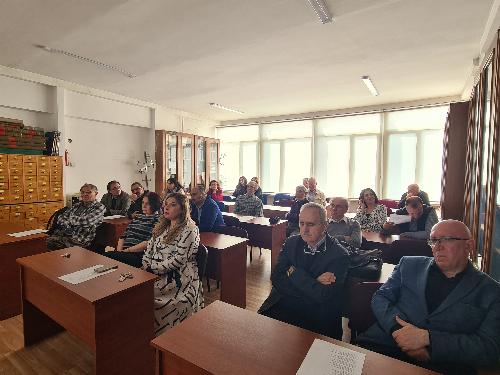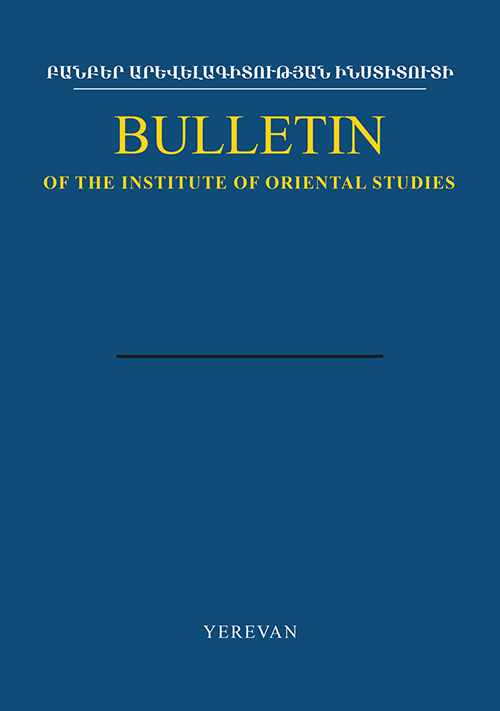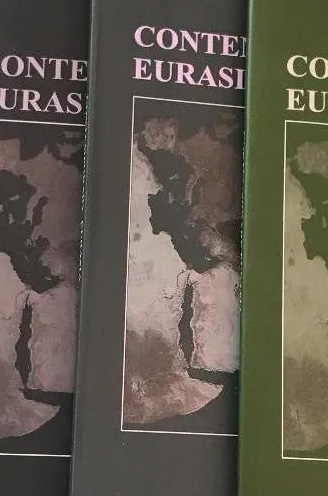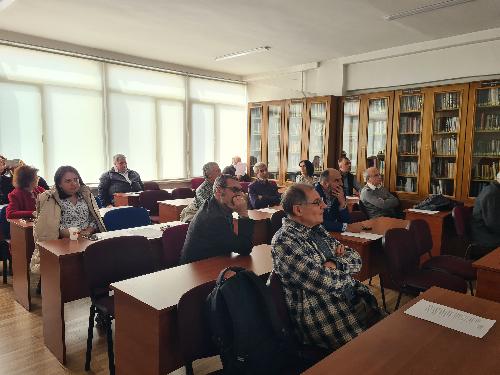
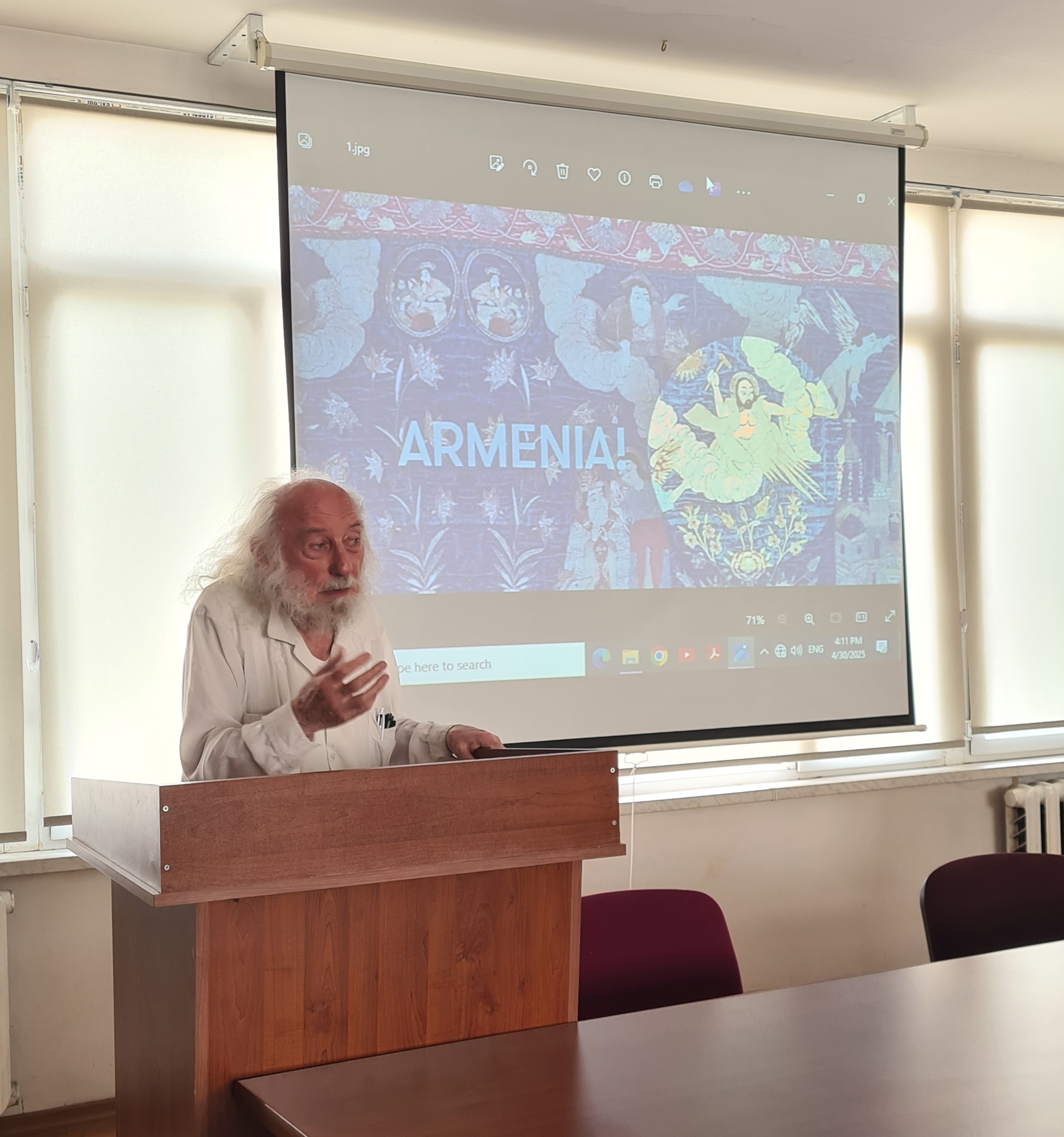
On April 30, Professor Armen-Claude Mutafyan, a foreign member of the National Academy of Sciences of the Republic of Armenia, was hosted at the Institute of Oriental Studies of the NAS RA. During the event, Professor Mutafyan delivered a scholarly lecture on the topic “Ancient Armenia in the Primary Sources.”
The lecture was based on valuable information from foreign-language primary sources concerning Ancient Armenia and the Armenians, which the author has compiled in his forthcoming book L’ARMÉNIE ANTIQUE: Une histoire politique (jusqu’au Ve siècle) (Ancient Armenia: A Political History [until the 5th Century]), scheduled to be published this year. His presentation was accompanied by rich didactic materials, including historical maps, diagrams, and original analyses of primary sources.
Primarily intended for a French-speaking readership, this significant work offers a comprehensive overview of Ancient Armenia’s political history—from the earliest periods up to the official adoption of Christianity and the fall of the Arsacid Kingdom (428 AD).
The book provides in-depth coverage of the following topics:
- Armenia’s place in the ancient world- traditions related to Mount Ararat and Eden
- The formation of the Armenian people and culture- the pivotal role of Patriarch Hayk
- The history of the Kingdom of Urartu- its origins, flourishing, and decline
- The period of Persian domination- Armenia within the Achaemenid Empire
- Armenian royal dynasties- the Yervandunis, Artaxiads, and Arsacids
- International relations- Armenia’s political and cultural ties with Rome, the Parthians, and the Sasanians
- The impact of Christianity- its spread, declaration as the state religion, and the invention of the Armenian alphabet
Armen-Claude Mutafyan’s work portrays Armenia as a vital strategic and cultural center which, despite frequently being under the pressure of powerful empires, managed to preserve its distinct identity throughout the centuries.
His unique research approach, systematically comparing various sources and historical periods, provides a fresh perspective on the formation of Ancient Armenia’s political identity.
Following the lecture, attendees engaged in a lively discussion, posing both source-critical and theoretical questions. The event highlighted the growing interest in Armenian archaeology and early history.
The upcoming publication is expected to make a significant contribution to the international recognition of Armenia’s ancient history.

